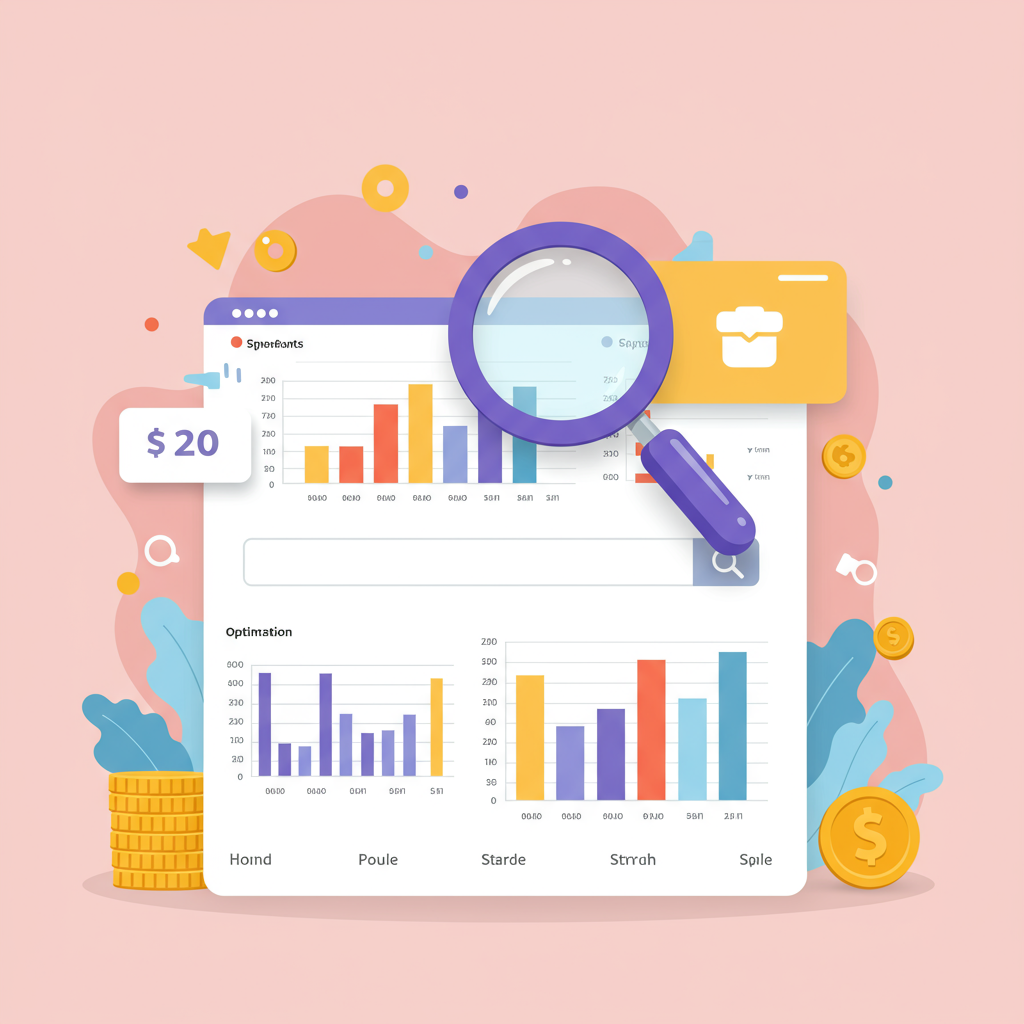Navigate the evolving landscape of e-commerce search to boost your store’s visibility and sales.
Welcome, fellow Shopify merchants! As we look towards 2026, the digital landscape continues to evolve at an incredible pace. Standing out in the crowded e-commerce space is more challenging, yet more rewarding, than ever before.
That’s why I’ve put together this comprehensive Shopify SEO checklist. My goal is to equip you with the knowledge and actionable steps needed to ensure your store not only survives but thrives in the competitive search engine rankings.
Search Engine Optimization, or SEO, isn’t just about getting traffic; it’s about attracting the *right* traffic – customers who are actively looking for what you offer. In 2026, this means a holistic approach.
Let’s dive straight into the foundational element: Keyword Research. This isn’t a one-time task; it’s an ongoing process. For 2026, focus on user intent more than ever.
Think beyond single keywords. People are using more conversational queries, voice search is growing, and understanding the “why” behind a search is paramount. Are they looking to buy, learn, or compare?
Utilize tools to find long-tail keywords, question-based queries, and competitor keywords. Don’t forget to analyze search trends and seasonal demands relevant to your products.
Next up is On-Page SEO, which is where you optimize the content directly on your Shopify store. Every page is an opportunity to rank.
Start with your Product Pages. Ensure your product titles are descriptive and include your primary keywords naturally. Avoid keyword stuffing; focus on readability.
Your product descriptions should be unique, detailed, and compelling. Think of them as sales copy that also informs search engines about what your product is.
Don’t forget to optimize your Collection Pages too. These often rank well for broader category terms. Write unique introductory text for each collection.
Meta Titles and Meta Descriptions are crucial. These are what appear in search results. Craft compelling, keyword-rich titles (under 60 characters) and enticing descriptions (under 160 characters) that encourage clicks.
Image Optimization is another key on-page factor. Use descriptive alt text for all your product images and other visuals. This helps search engines understand your images and improves accessibility.
Ensure your images are compressed for faster loading times without sacrificing quality. Shopify has built-in features for this, but external tools can help further.
Structured Data (Schema Markup) is becoming increasingly important. This helps search engines understand the context of your content, like product prices, reviews, and availability. Shopify apps can assist with implementing this.
Now, let’s talk about Technical SEO. This is the backbone of your store’s search performance. A technically sound site is a happy site for both users and search engines.
Site Speed is paramount. Google prioritizes fast-loading websites. Optimize your theme, reduce app bloat, compress images, and leverage browser caching.
Mobile-Friendliness is non-negotiable. Most of your customers will browse on mobile devices. Ensure your Shopify theme is fully responsive and provides an excellent mobile user experience.
Your XML Sitemap should be automatically generated and submitted to Google Search Console. This helps search engines discover all your important pages.
Regularly check for and fix broken links (404 errors) and redirect old URLs. A clean link profile signals a well-maintained site.
Canonical tags are important for preventing duplicate content issues, especially common with product variations or filtered collection pages. Shopify handles many of these automatically, but it’s good to be aware.
Off-Page SEO primarily revolves around building high-quality backlinks. These are votes of confidence from other websites.
Focus on earning natural backlinks through valuable content, partnerships, and outreach. Quality trumps quantity here.
Content Marketing is your long-term SEO play. A Shopify blog is an excellent way to target informational keywords, build authority, and engage your audience.
Create helpful guides, “how-to” articles, product comparisons, and lifestyle content related to your niche. This positions you as an expert.
User Experience (UX) is increasingly intertwined with SEO. A positive user experience – easy navigation, clear calls to action, intuitive design – leads to lower bounce rates and higher engagement, which Google notices.
Regularly monitor your performance using Google Analytics and Google Search Console. Track keyword rankings, traffic sources, conversions, and identify areas for improvement.
What do you think about this comprehensive Shopify SEO checklist so far? I’d love to hear your thoughts and any specific challenges you’re facing!
Looking ahead to 2026, keep an eye on AI’s role in SEO. While it won’t replace human strategy, AI tools can assist with content generation, keyword analysis, and data interpretation.
Remember, SEO is not a sprint; it’s a marathon. Consistent effort, adaptation to algorithm changes, and a focus on providing value to your customers will yield the best results.
By diligently following this Shopify SEO checklist, you’ll be well on your way to significantly boosting your store’s visibility, attracting more qualified traffic, and ultimately, driving more sales in 2026 and beyond.
Start implementing these strategies today, and watch your Shopify store climb the search engine ranks!






